Содержание
- 2. Medieval View of Women
- 3. Mary of Guise Catherine de Medici Mary, Queen of Scots Elizabeth I Female rulers of the
- 4. Elizabeth I: Tall, graceful, red-haired Intelligent, vain, determined, practical Loved flattery, quick to anger
- 5. “This is the Lord’s doing; it is marvelous in our eyes!”—Elizabeth I upon hearing of her
- 6. Elizabeth I and her coronation pageant
- 7. Elizabeth came to the throne in a time of great trouble for England: Plague threatened the
- 8. James V and Mary of Guise, parents of Mary, Queen of Scots Since the death of
- 9. Mary of Scotland had married Francis II of France. She claimed three crowns—Scotland, France, and England!
- 10. Elizabeth could depend on two sources of support: English nationalism The existence of a wide base
- 11. Elizabeth was aided by intelligent and hard-working advisors—and all were Protestant! William Cecil, Lord Burghley, was
- 12. Sir Francis Walsingham was principal secretary for foreign affairs and head of the Elizabethan secret service.
- 13. Matthew Parker, Archbishop of Canterbury William Paulet, Lord Treasurer
- 14. Elizabeth’s most pressing problem was religion. She had no deep religious convictions. A reformed Catholic under
- 15. The new queen was a politique—she believed that religion should be an instrument of the state
- 16. To gain as wide a base of support as possible, the religious compromise required agreement on
- 17. Because many Protestants as well as Catholics were concerned that a woman was not “qualified by
- 18. The 1552 Book of Common Prayer (2nd version) was amended to add the words, “This is
- 19. Elizabeth hoped to satisfy all Englishmen by making the new religious settlement as moderate as possible—”latitudinarian.”
- 20. Both radical Protestants and Catholic bishops appointed by Queen Mary objected to the Elizabethan religious settlement.
- 21. The Elizabethan religious settlement succeeded in damping the fires of religious bigotry. Most Catholic bishops quietly
- 22. 1559: Treaty of Cateau-Cambrésis brought peace to Europe by ending three generations of rivalry between the
- 23. Philip II of Spain To seal the new peace, Philip II of Spain married the daughter
- 24. Francis II After his father’s sudden death, young Francis II (15 years old) took the throne.
- 25. The Council of Trent (1555-1563) began the Catholic Counter-Reformation.
- 26. St. Ignatius Loyola, Founder of the Society of Jesus (Jesuits) Led by their founder, Ignatius Loyola,
- 27. France was torn by religious civil war for 42 years, culminating in the massacre of 2-3000
- 28. Civil War in France was both bad and good for England: Bad War upset the balance
- 29. Mary of Guise, the French wife of James V, acted as regent for her baby daughter,
- 30. Mary became queen when she was 18 months old. She was raised in the French court,
- 31. Scotland remained Catholic after the death of James V, but Protestant influence increased. Scottish Protestants posed
- 32. 1560 was a tumultuous year in Scotland. England, France, and Scotland signed a peace treaty in
- 33. Mary Stuart—beautiful, bright, temperate in religion but lacking in judgment, especially about men John Knox—glum, parsimonious,
- 34. Mary of Guise Catherine de Medici Mary, Queen of Scots Elizabeth I John Knox’s First Blast
- 35. Mary Stuart and the English Crown Henry VII Henry VIII (1)James IV m. Margaret m. (2)Archibald
- 36. Mary Stuart made three mistakes that led to the loss of her Scottish crown in 1567:
- 37. Mary, Queen of Scots, and her second husband, Henry Stuart, Lord Darnley
- 38. Mary Stuart and her third husband, James Hepburn, Lord Bothwell
- 39. James VI of Scotland, son of Mary, Queen of Scots In 1567, Mary abdicated in favor
- 40. Mary’s marital troubles convinced Elizabeth that she was right to remain unmarried. Most of her subjects
- 41. Elizabeth’s “Robin”—Robert Dudley, Earl of Leicester
- 42. Robert Devereaux, Earl of Essex
- 43. Mary Stuart quickly became the center of opposition to Elizabeth. A series of inept plots by
- 44. In 1570, the Pope excommunicated Elizabeth and absolved English Catholics of their duty of obedience to
- 45. An independence movement in the Spanish Netherlands gained secret assistance from England. When England began to
- 46. In 1586, Mary’s “casket letters” were intercepted by Sir Francis Walsingham’s secret service, and Mary was
- 47. Only when Philip of Spain became convinced that he would be unable to reconquer his rebellious
- 48. Sir Francis Drake The Golden Hind
- 49. Voyages of Sir Francis Drake
- 50. Reconstruction of the Golden Hind in London
- 51. Route of the Spanish Armada in 1588
- 52. Queen Elizabeth’s “Armada Portrait”
- 53. Both Catholics and radical protestants presented threats to the stability of Elizabethan England.
- 54. Parliament responded with a series of increasingly harsh penal laws intended to force religious conformity: Priests
- 55. The “Priest’s Hole” at Coughton Court, Warwickshire, England “Priests’ Holes” where Catholic priests could hide can
- 56. Protestant “Puritans” split into three groups, based on their view of church government: Episcopals: remained within
- 57. Protestant “Puritans” split into three groups, based on their view of church government: Presbyterians: authority should
- 58. Protestant “Puritans” split into three groups, based on their view of church government: 3. Separatists: worshipped
- 59. Robert Browne Robert Brown, early Separatist leader, insisted on complete autonomy of every parish, subject only
- 60. Views of Scrooby village, Notinghamshire—home of the American “Pilgrims.”
- 61. Organic Theory of Society—the King was head of State, as the head controlled the body.
- 62. The Elizabethan Parliament Theory of Absolute Monarchy: Society is organic and hierarchical Obedience to legal authority
- 63. King-in-Parliament When Elizabeth sat with the Lords and Commons and legislation was enacted by the whole
- 64. William Cecil, Lord Burghley Parliamentary leadership was exercised by the Privy Council: Its members piloted legislation
- 65. But Elizabeth was always careful to maintain the initiative in the lawmaking process: She influenced the
- 66. The Speaker of the House of Commons: A royal appointee Controlled the timing of bills, curtailed
- 67. During the reign of Elizabeth I, the Commons fulfilled the role assigned to it—a docile, silent,
- 68. Elizabethan Paternalistic Government Essentially medieval in outlook Strict regulation of the economy Guaranteed a fixed labor
- 69. The Crown regulated the economy for the “general good of the Kingdom.” Statute of Artificers (or
- 70. Statute of Artificers (Apprentices) 7 year apprenticeship mandated for all trades No apprentice could leave before
- 71. Elizabethan Poor Law of 1601 Poor relief was traditionally viewed as the responsibility of individuals who
- 72. Elizabethan Poor Law of 1601 Everyone had a right to work. Parishes were ordered to provide
- 73. Parish map of England For most Englishmen, the jurisdictional unit where governmental, social, and economic discipline
- 74. The key to a well-ordered community in Elizabethan England was the family unit—a “little commonwealth.”
- 75. Family unit statistics for Elizabethan England: Late marriage—27-28 for men; 25-26 for women Nuclear, 2-generation family
- 76. The main purpose of the family unit was security— The cooperation of husband and wife was
- 77. The father was head of the household and responsible for the good discipline of all who
- 78. Elizabethan Culture: a “wide and universal theater”
- 79. Renaissance Men William Shakespeare Francis Bacon Christopher Marlowe Ben Jonson Edmund Spenser Walter Raleigh Humphrey Gilbert
- 80. Sir Walter Raleigh A “Renaissance Man” for the Elizabethan Age
- 81. The “Lost Colony” of Roanoke
- 82. William Shakespeare The Globe Theater
- 83. Reconstruction of the Globe Theater in London
- 84. Interior of the reconstructed Globe Theater in London
- 86. Shakespeare’s “history plays” begin with the deposition of Richard II and end with Henry VIII.
- 87. Scientific Method: Generalizations on the basis of evidence Francis Bacon
- 88. Increasing literacy in Elizabethan England: About 30% of the total population was literate; But 100% of
- 99. Скачать презентацию



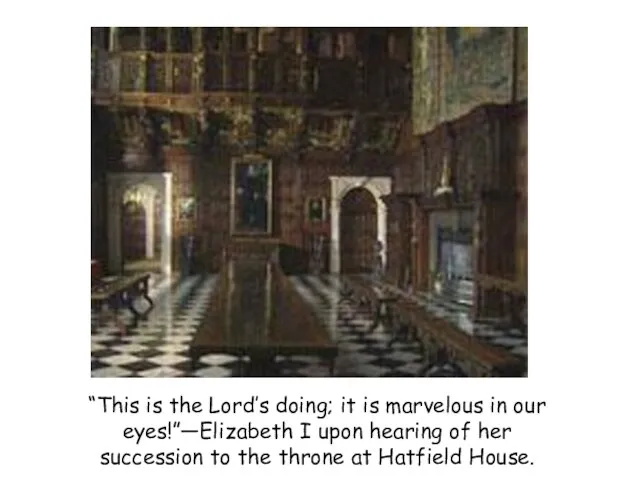
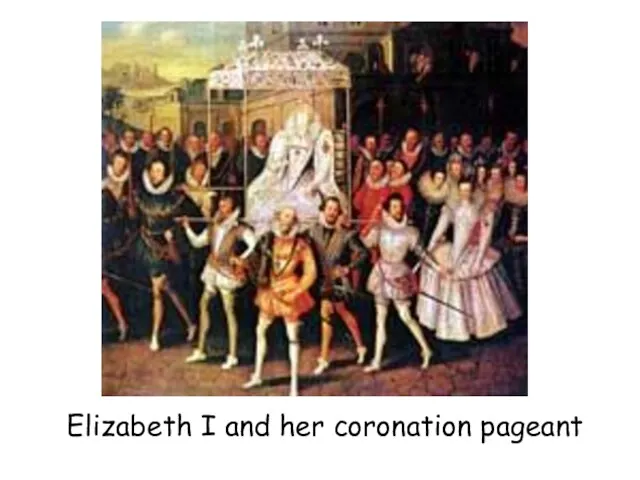
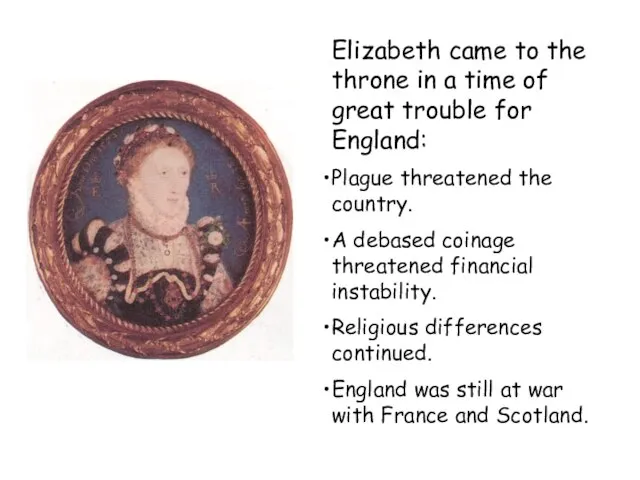
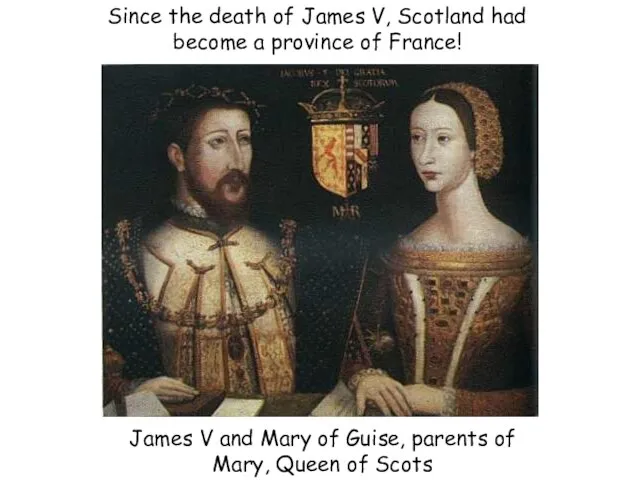
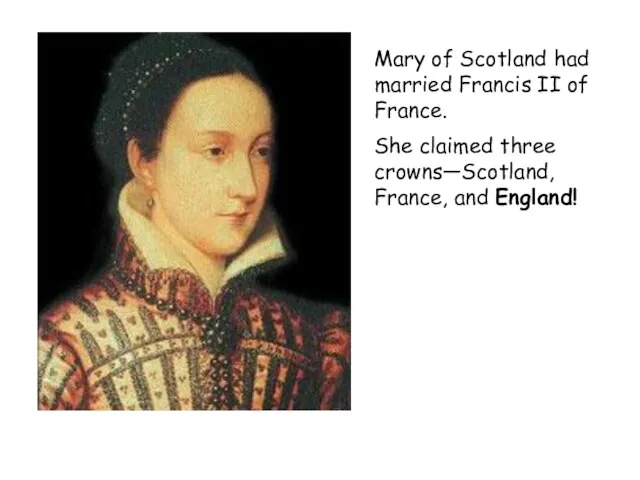
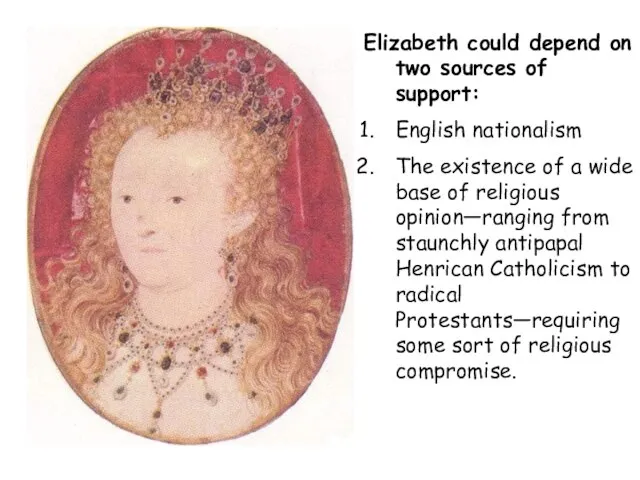
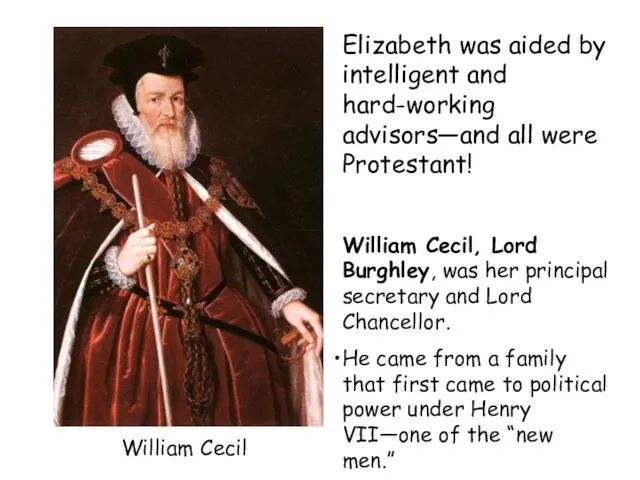
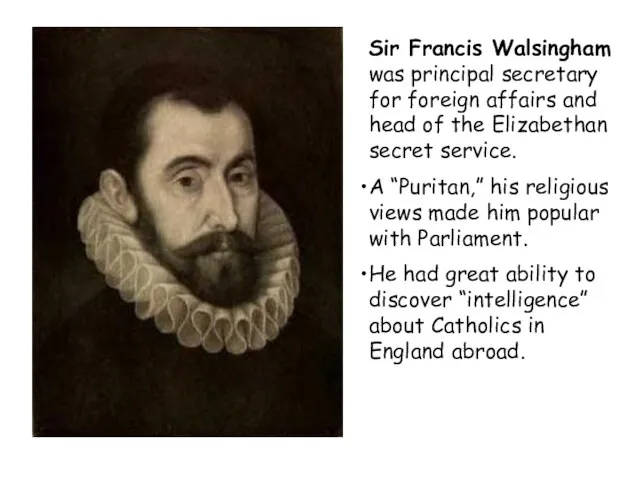
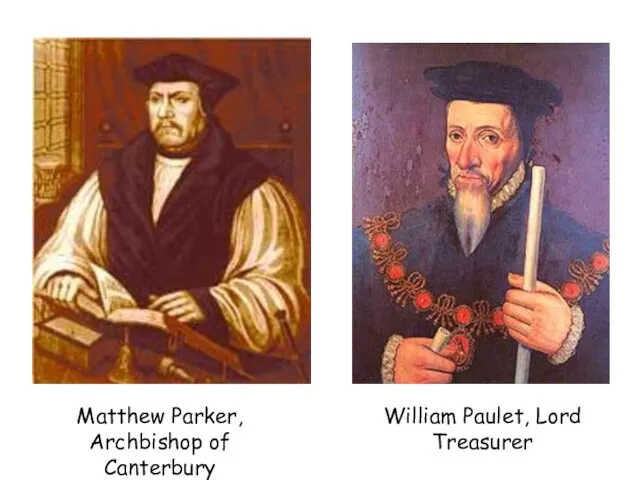
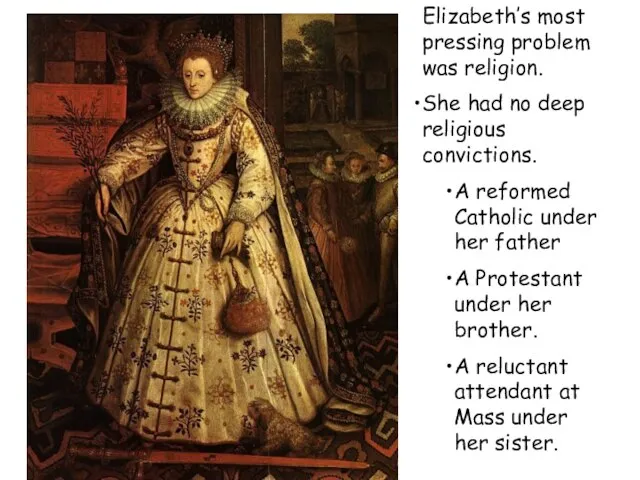
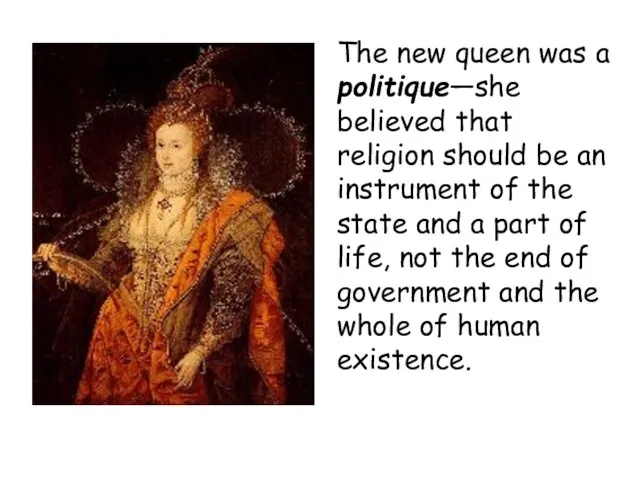
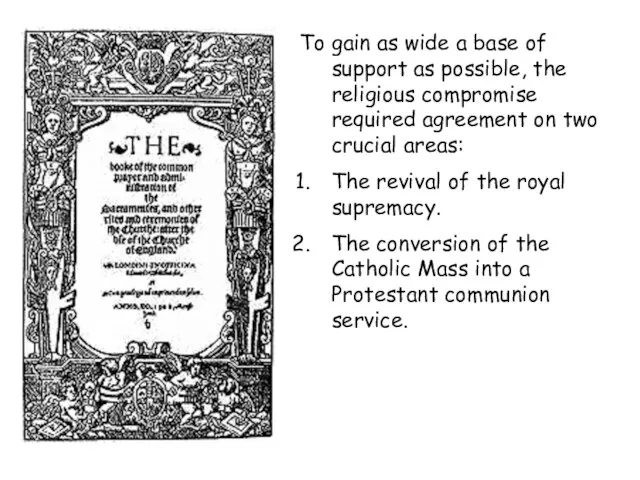
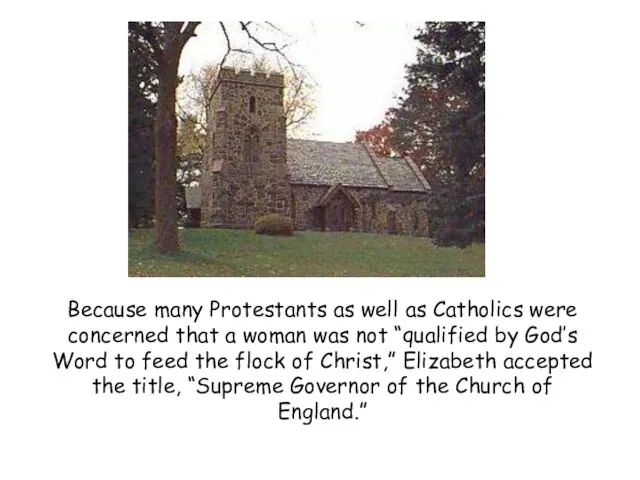
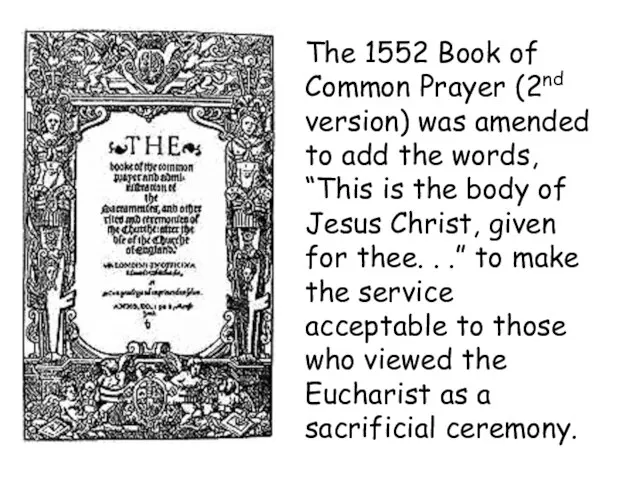
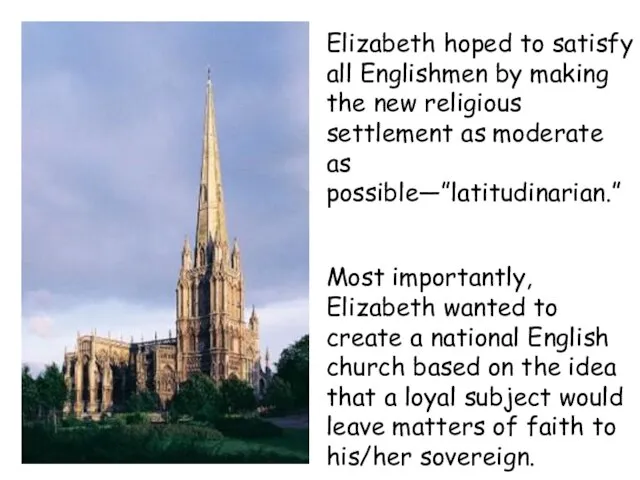
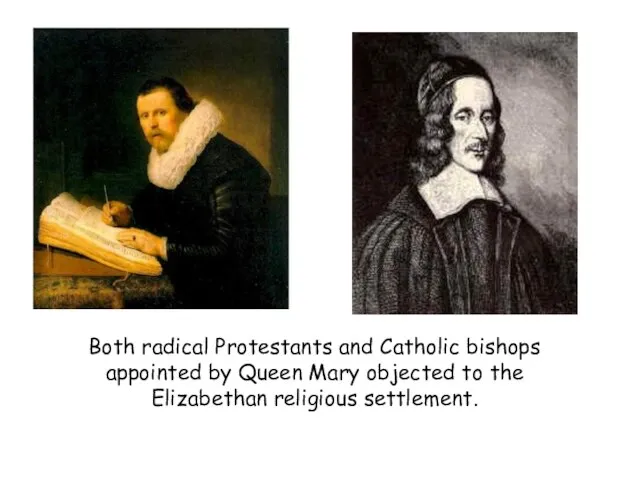
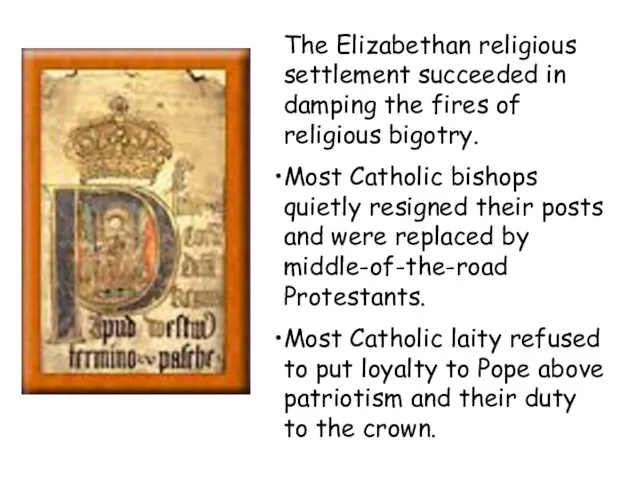
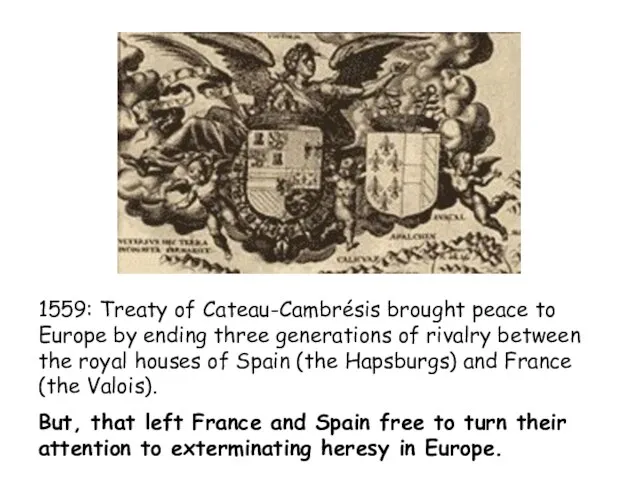
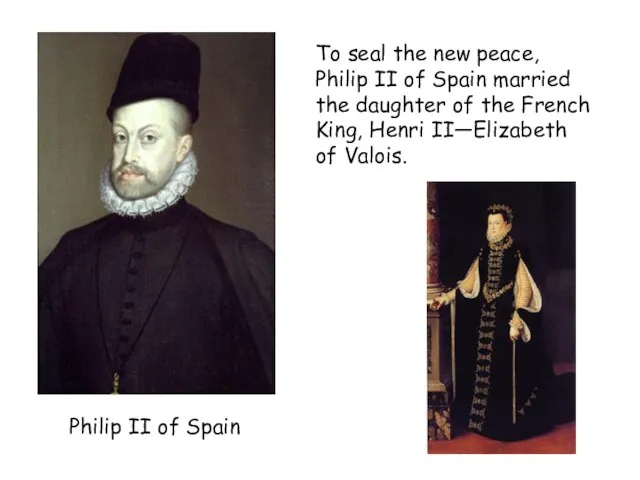
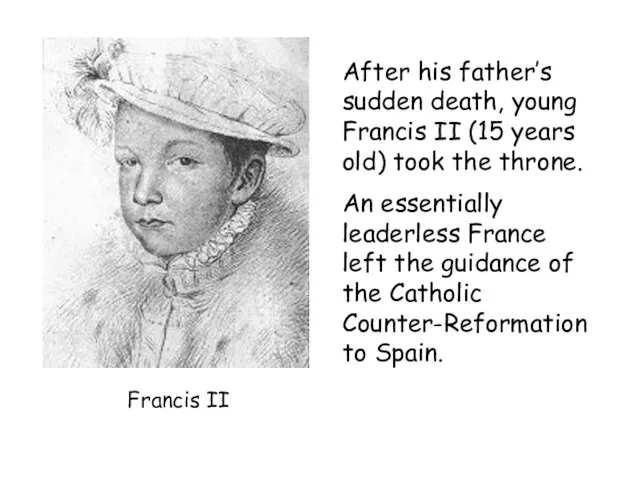
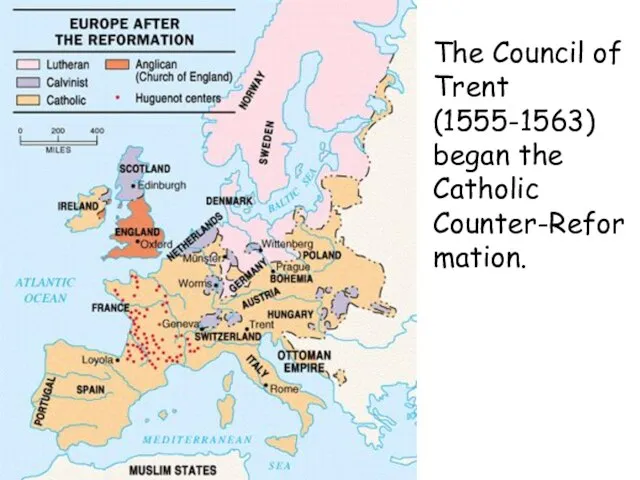
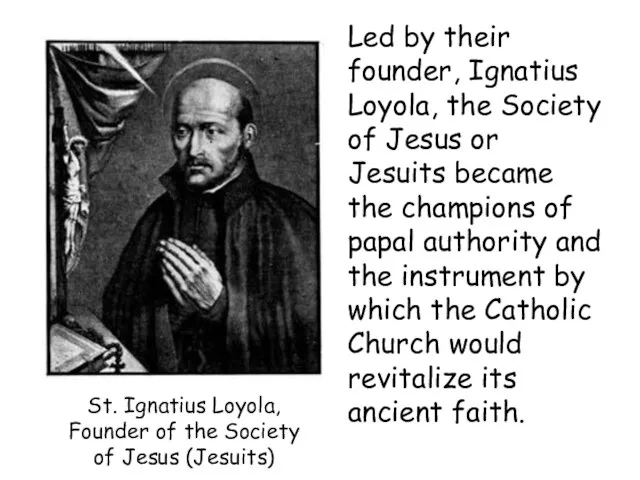
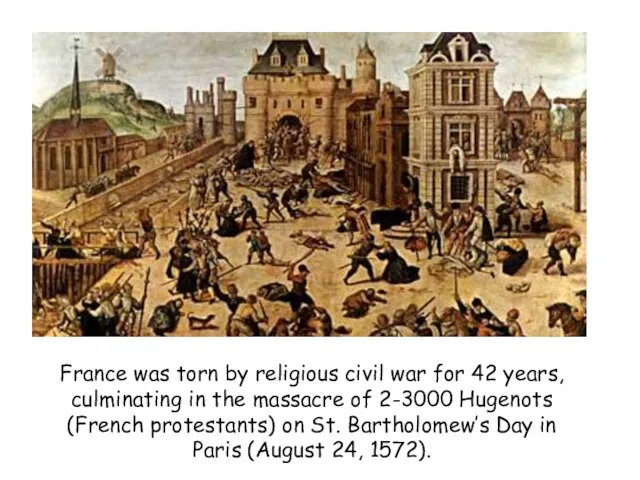
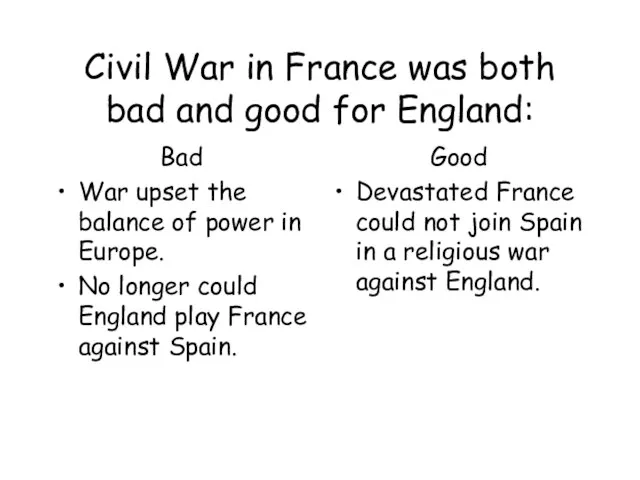
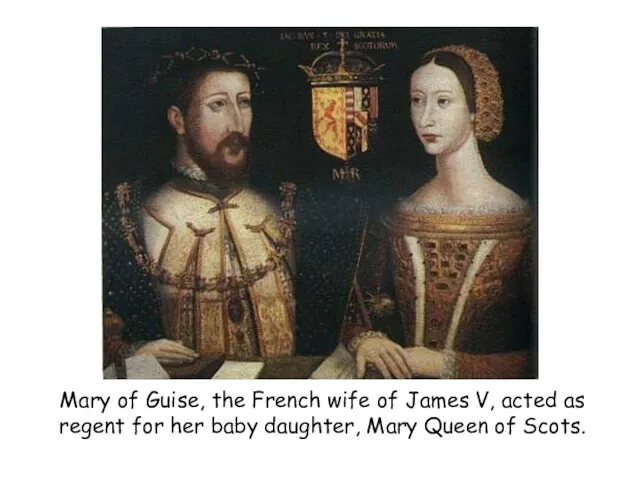
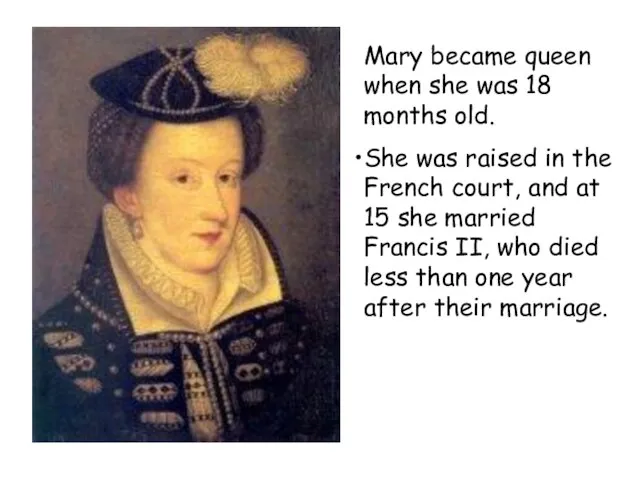
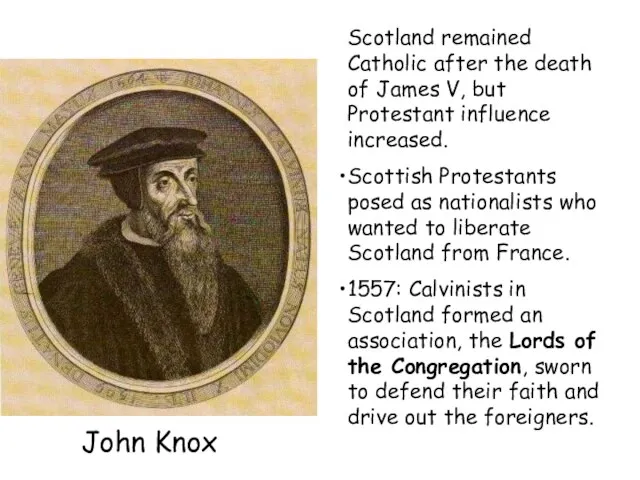
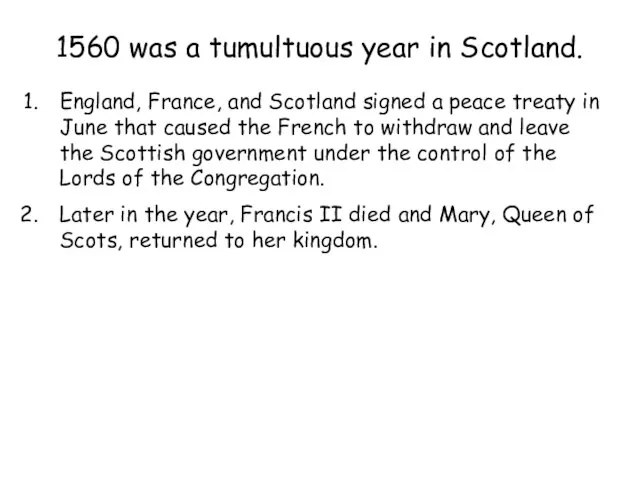
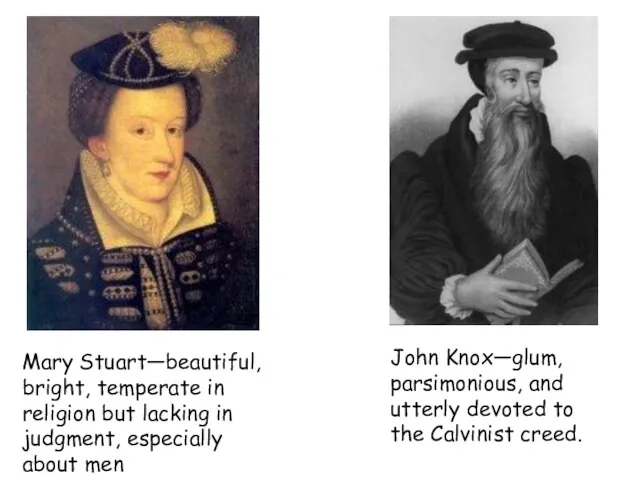
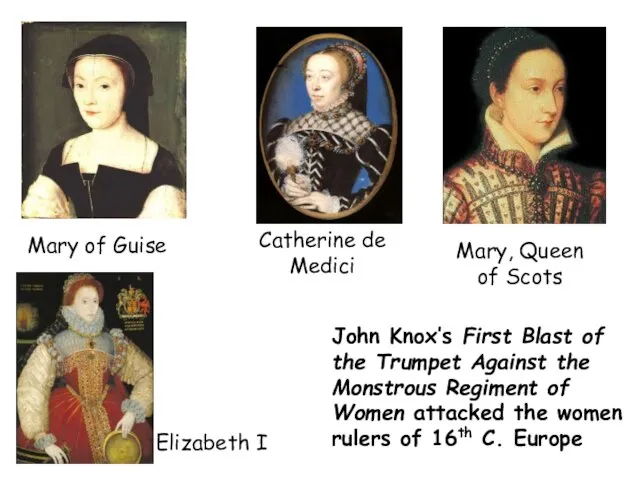
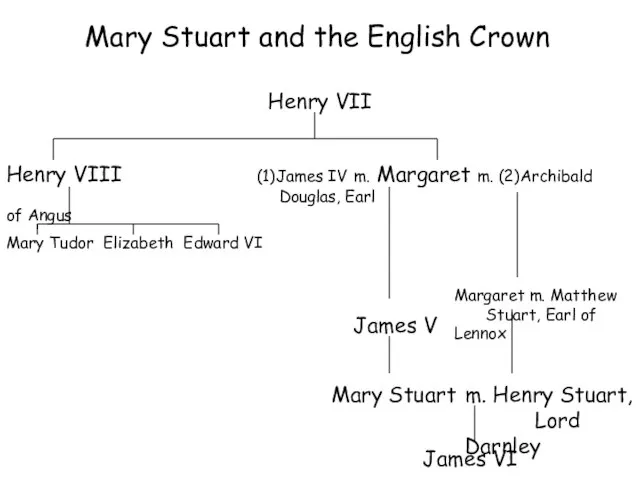
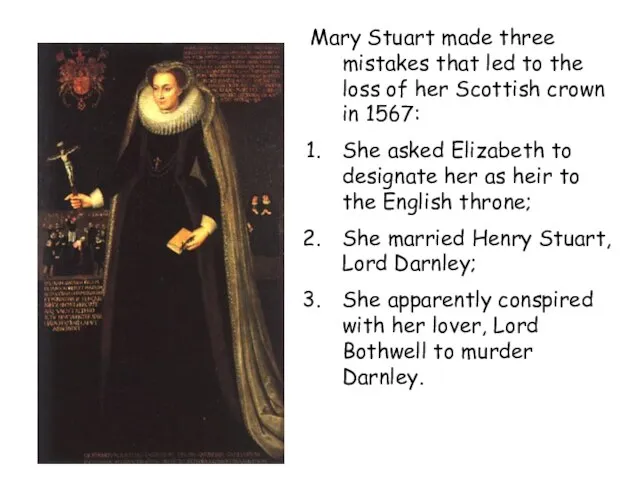
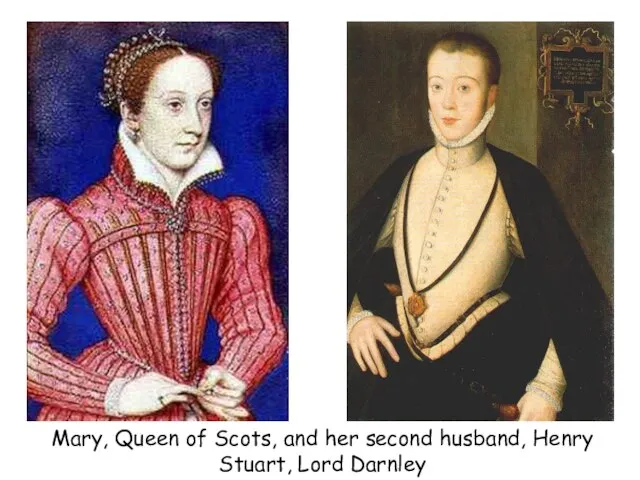
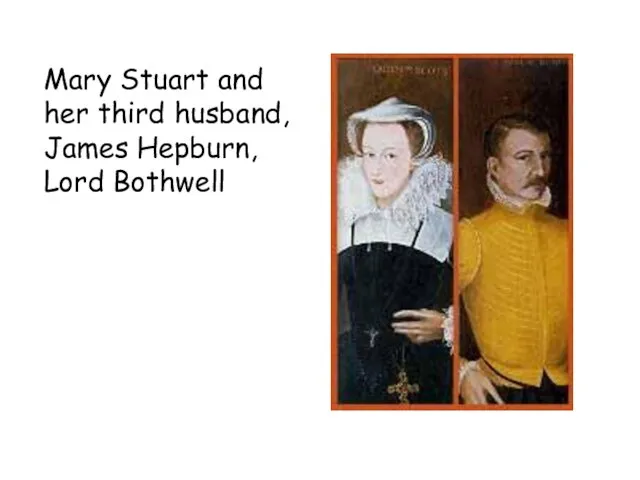
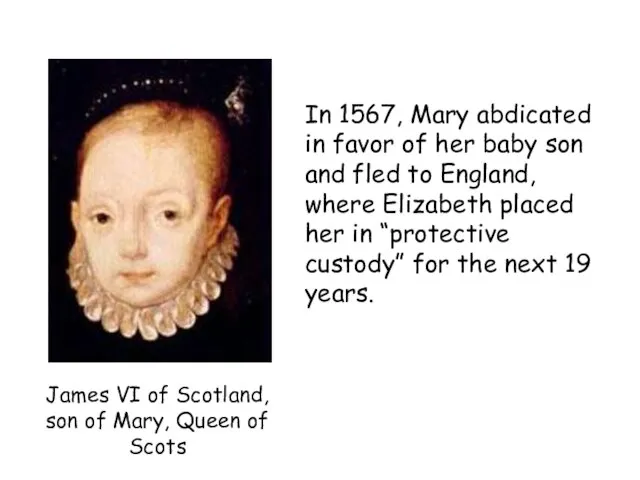
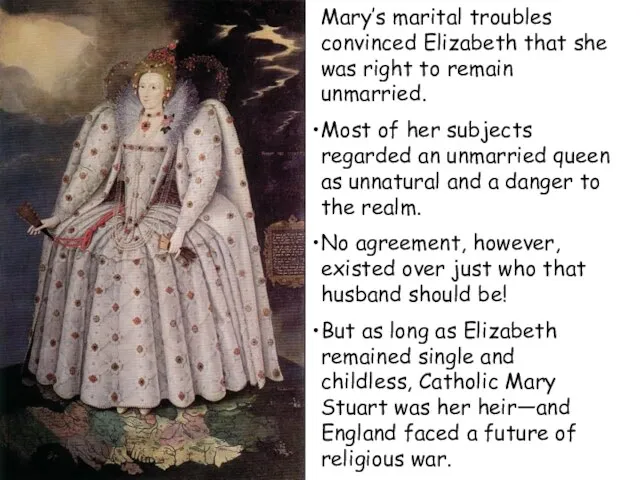
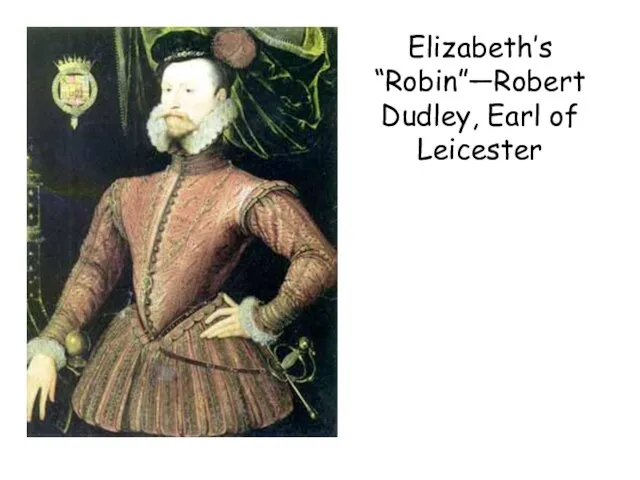
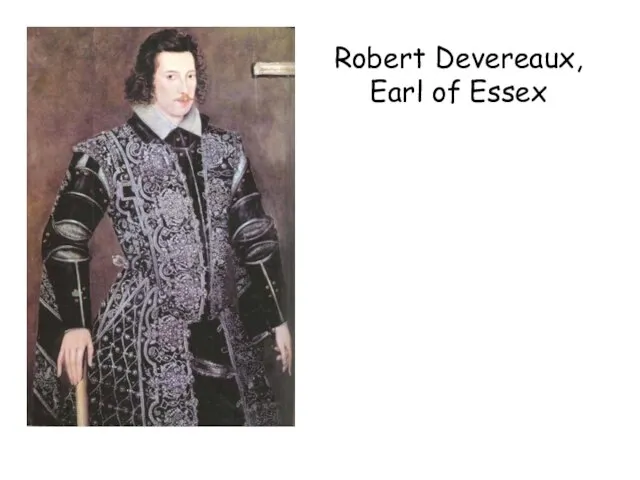
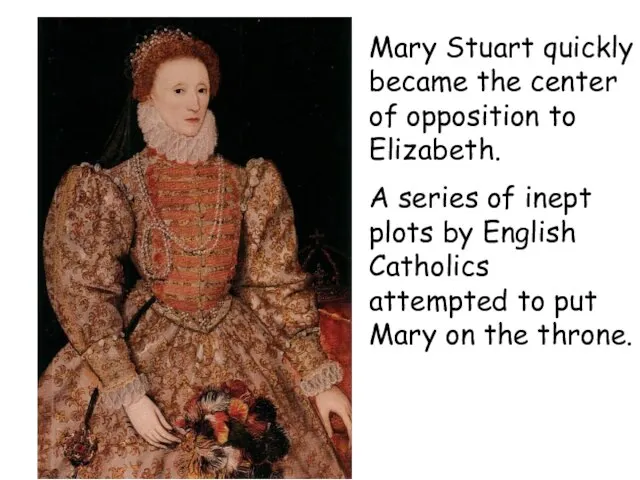
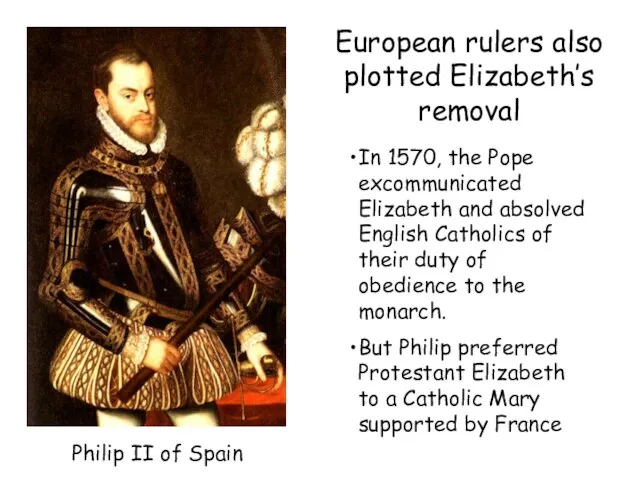
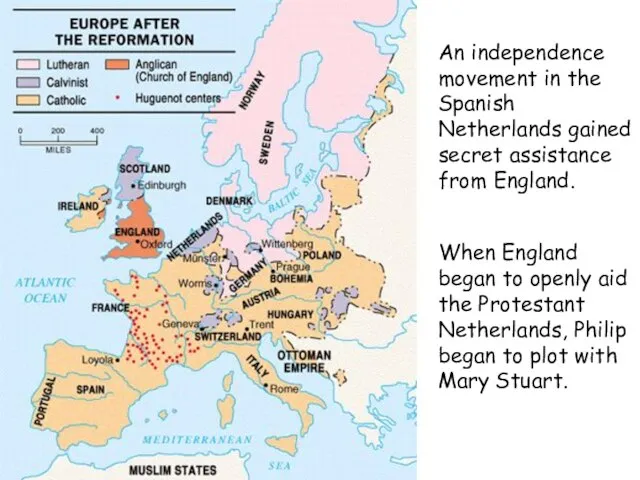
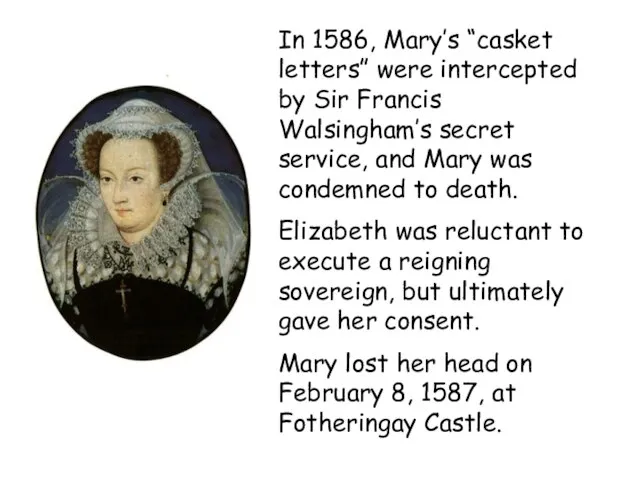
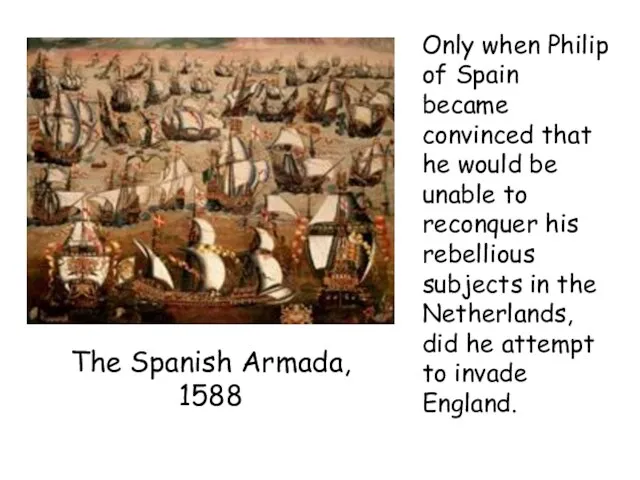
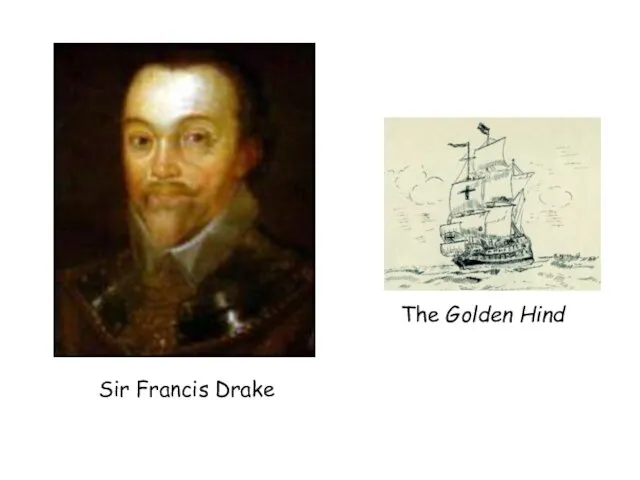
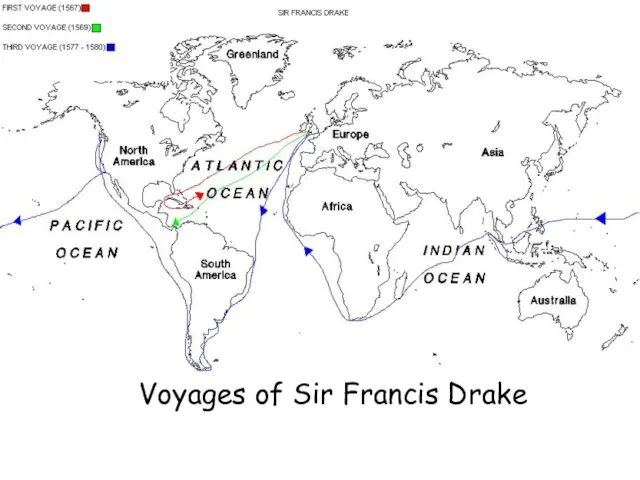
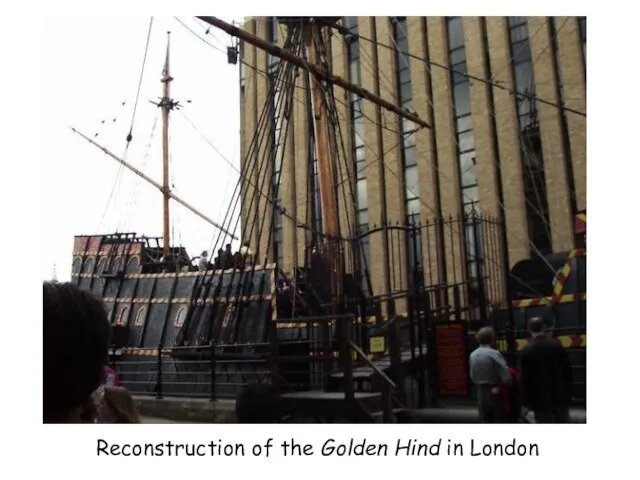
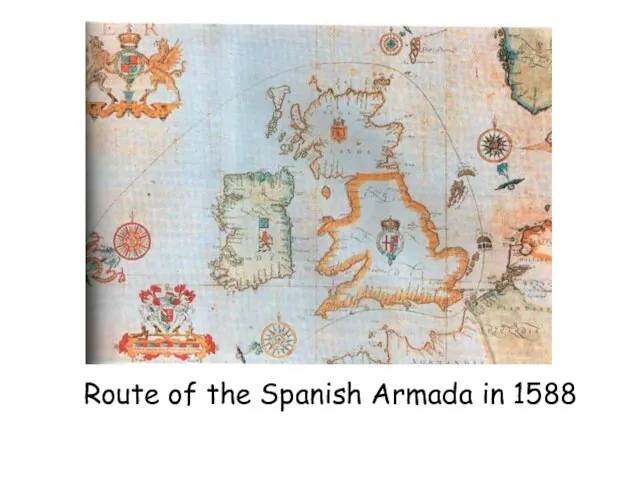
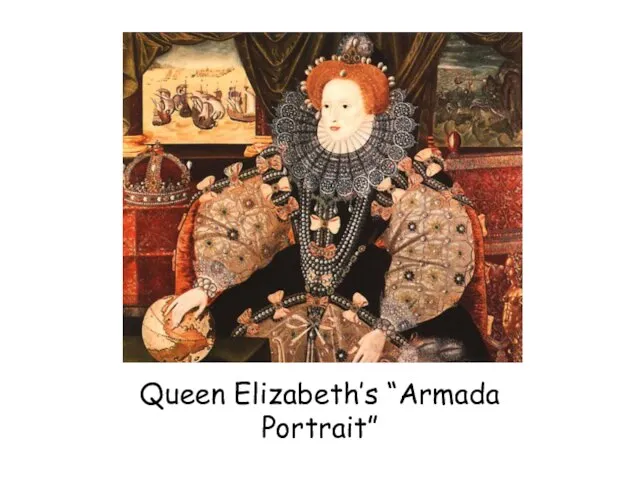
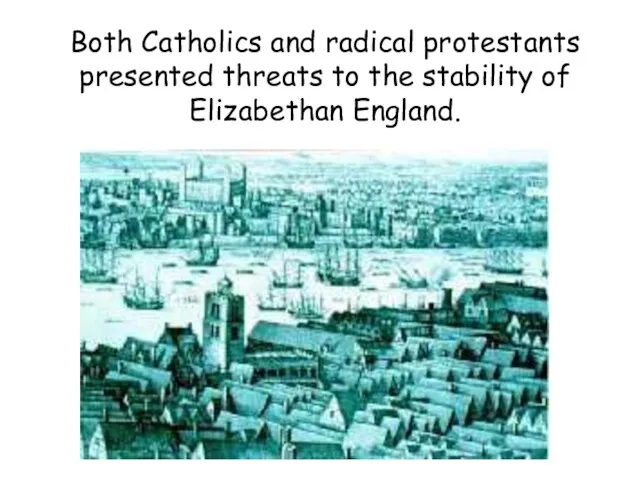
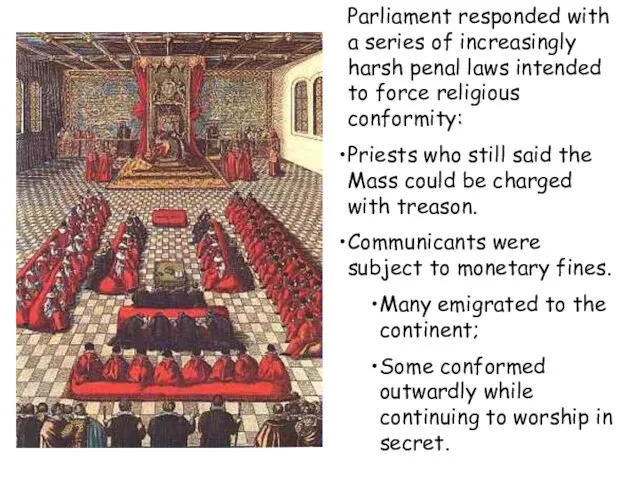
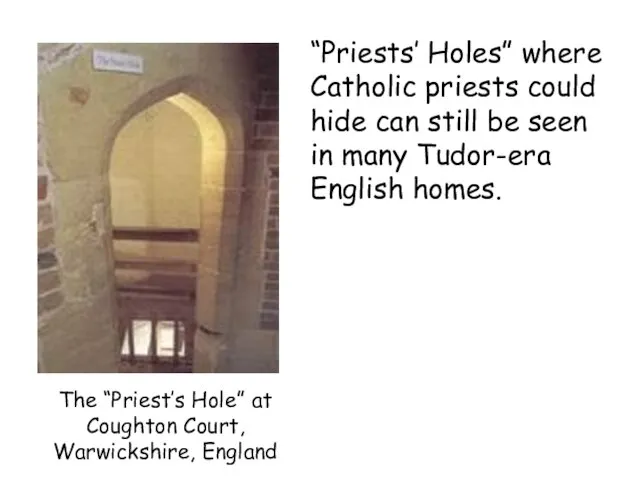
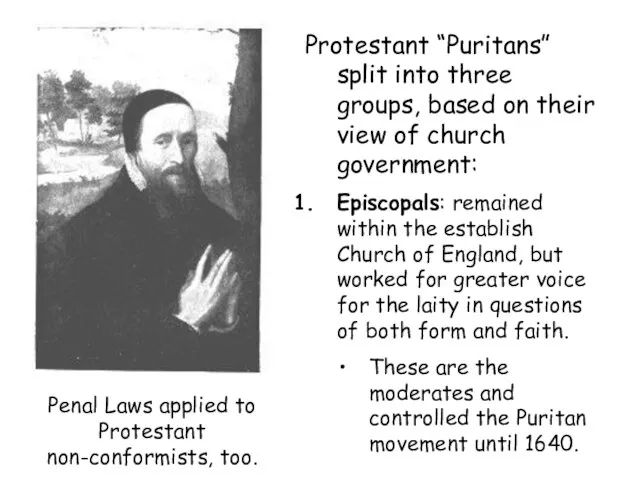
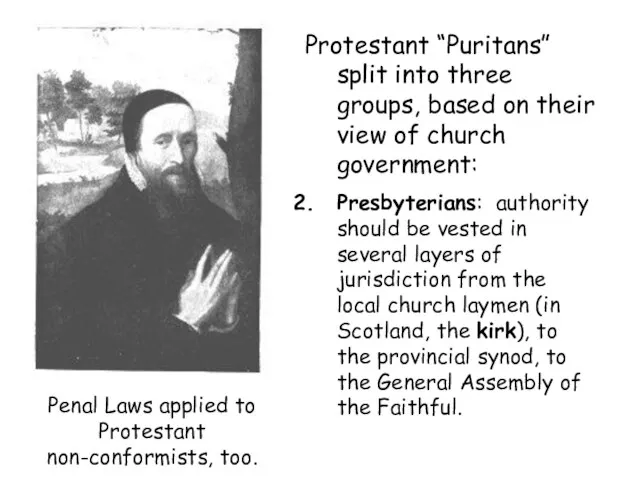
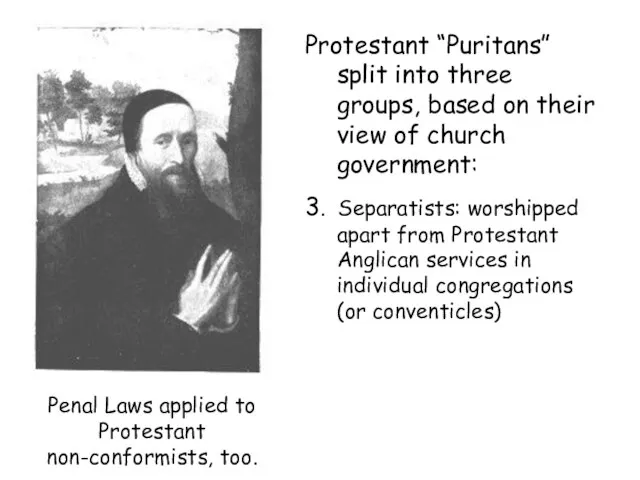
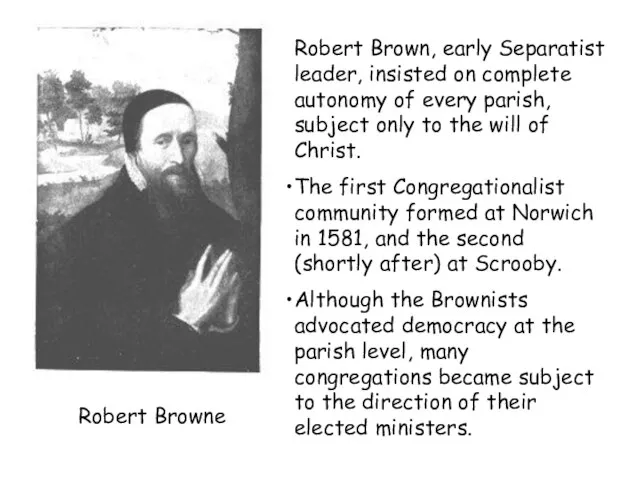
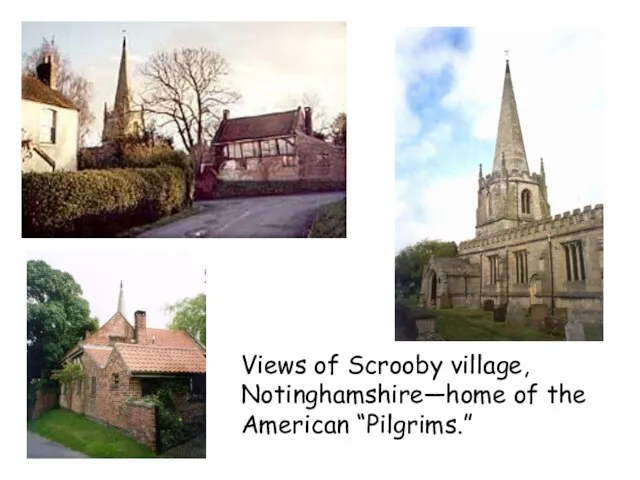
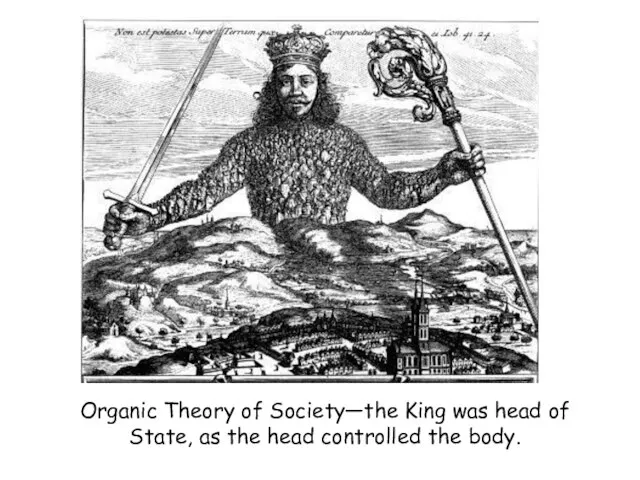
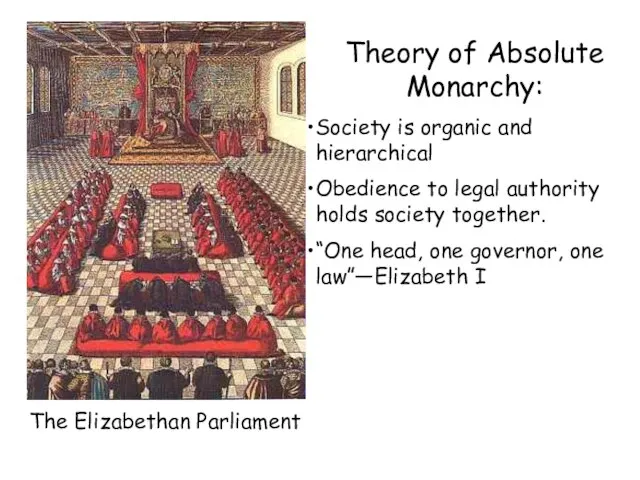
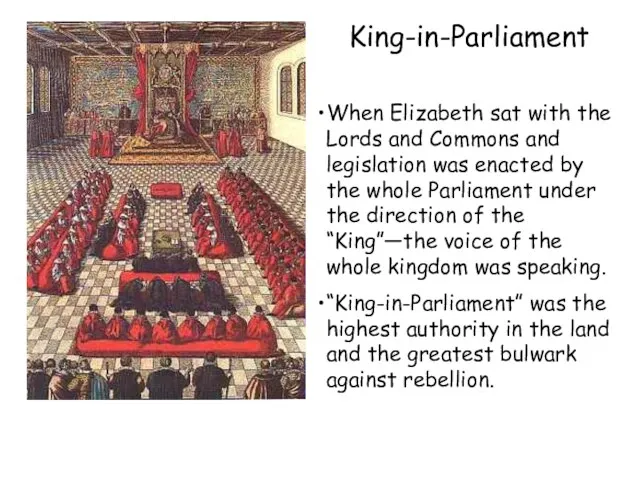
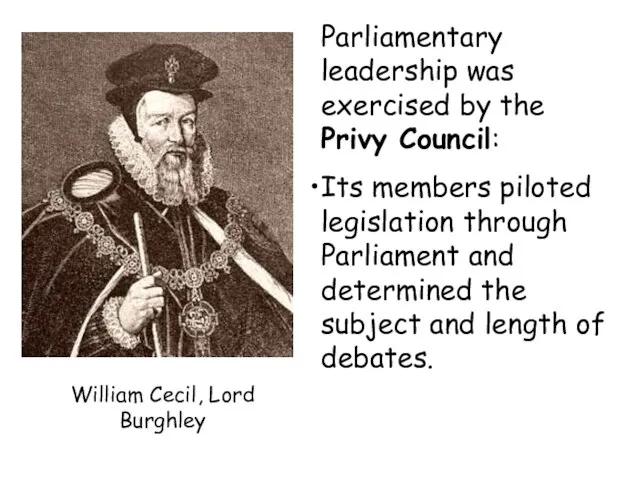
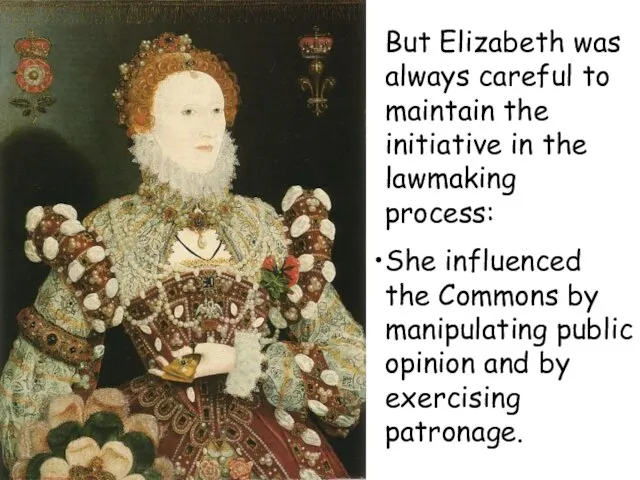
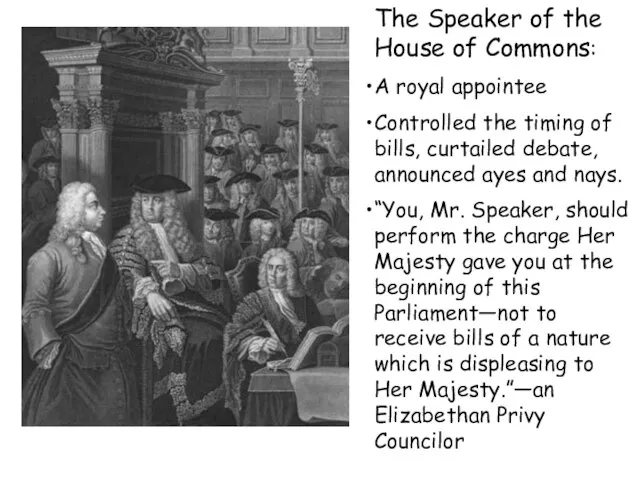
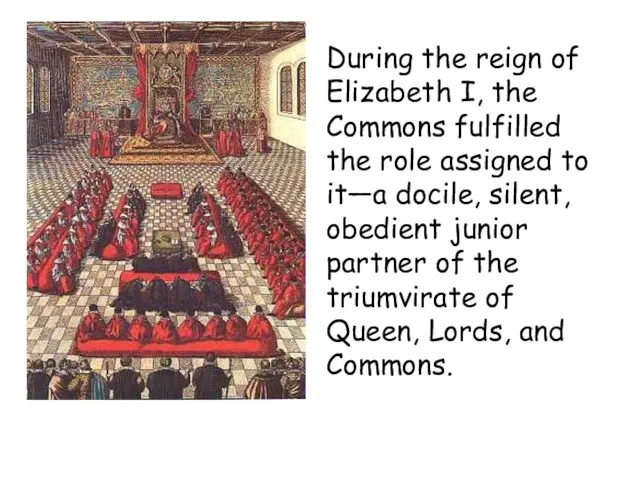
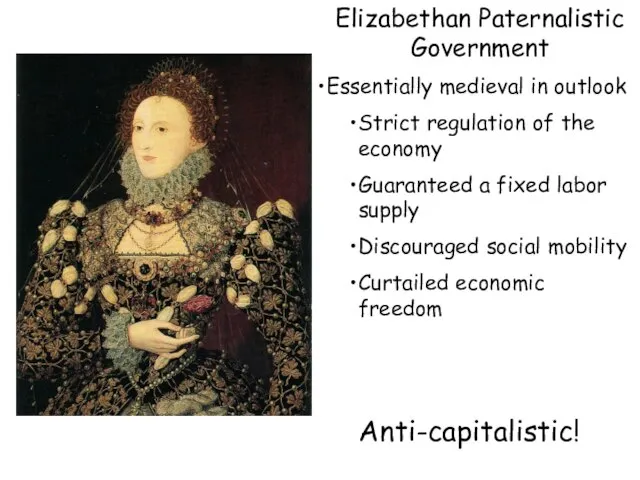
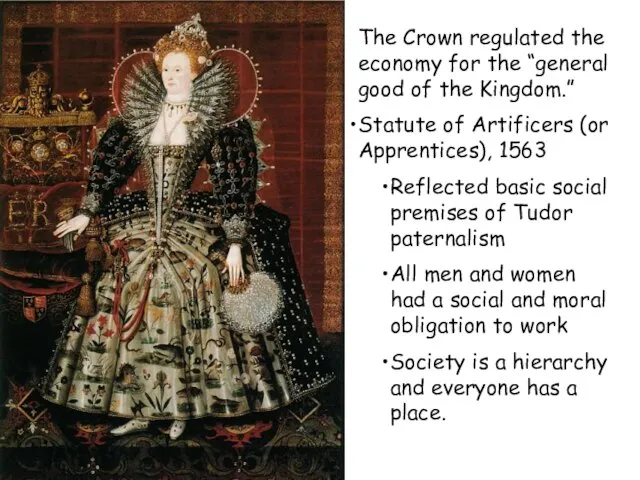
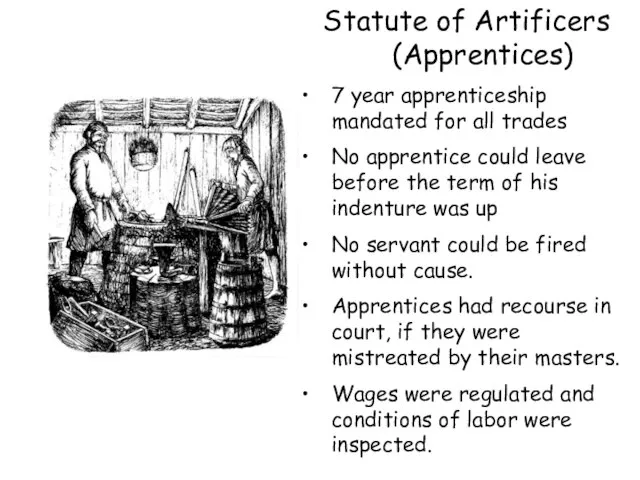
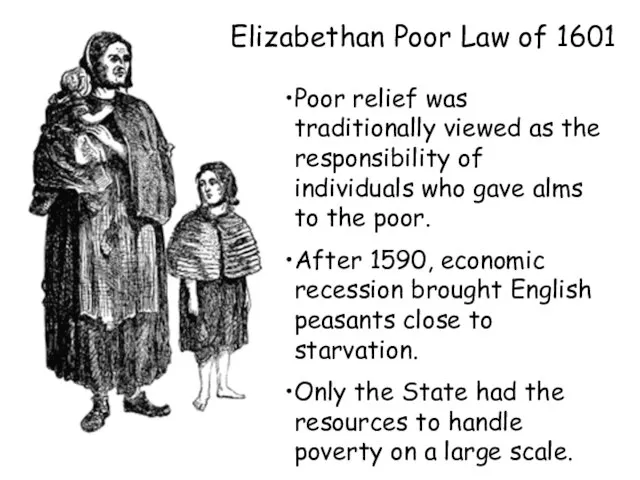
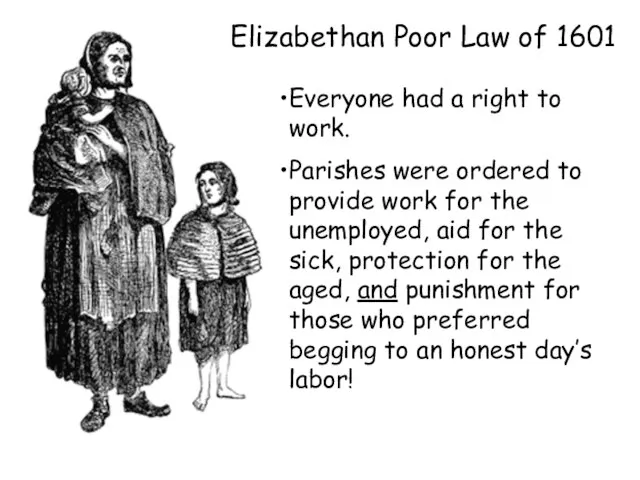
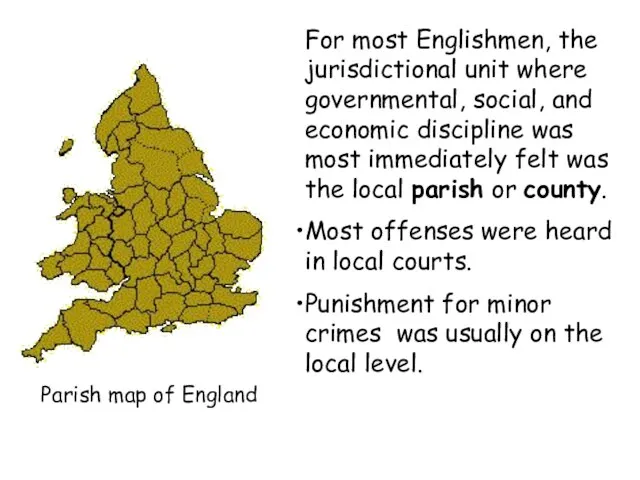
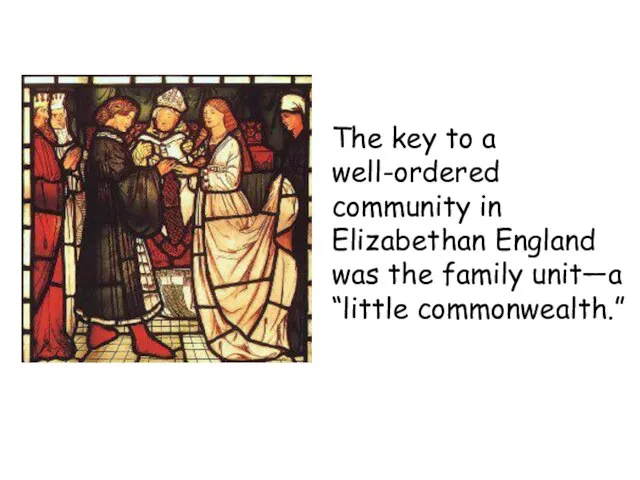
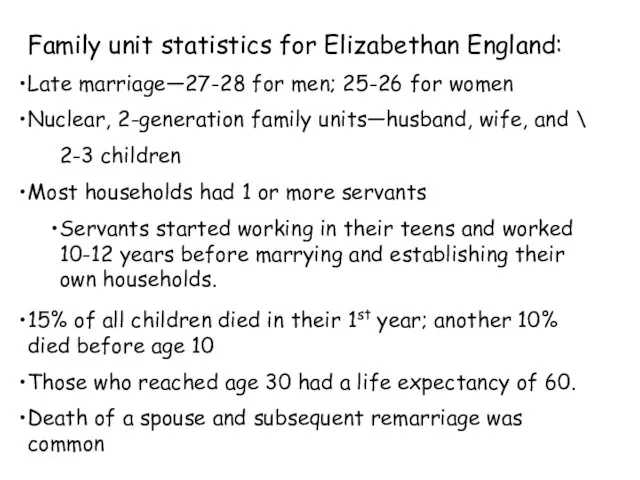
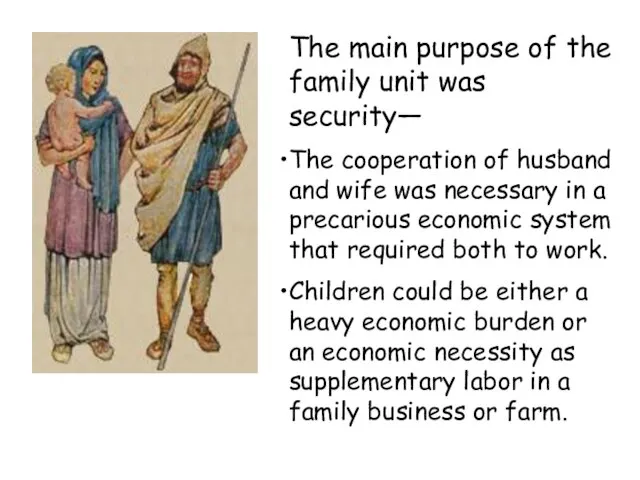
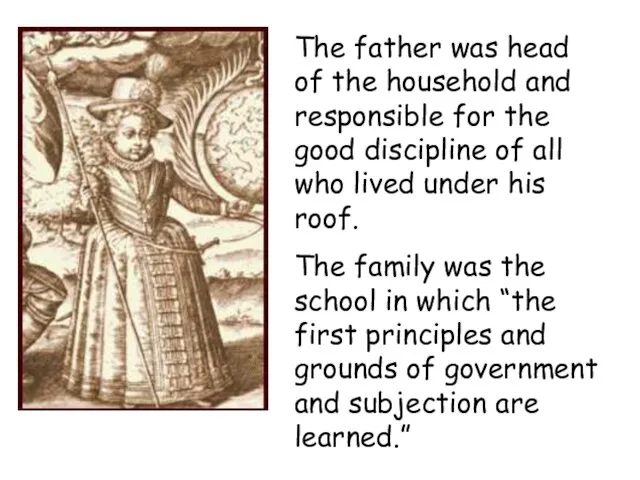
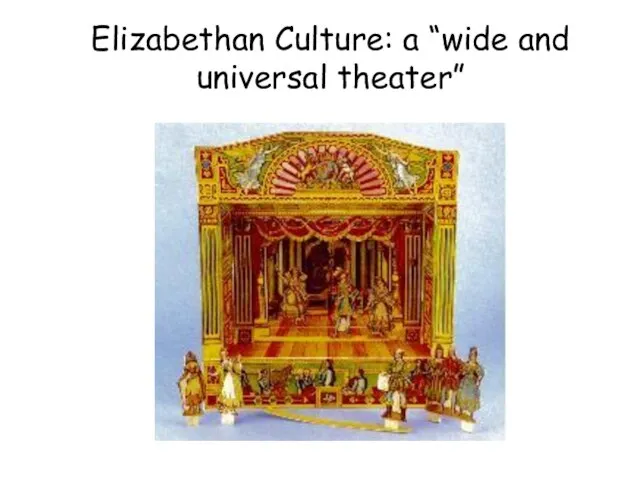
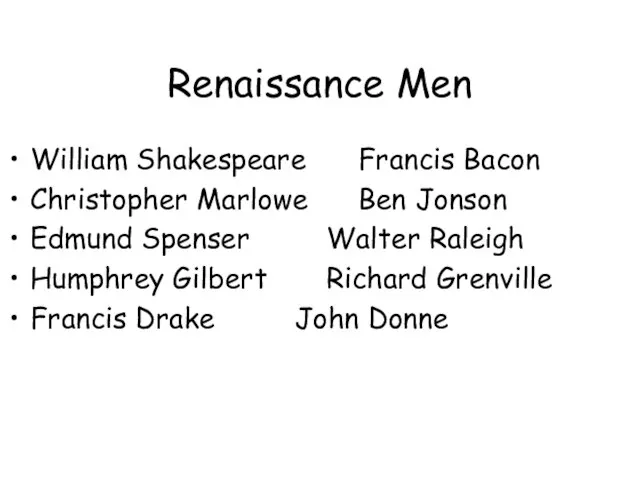
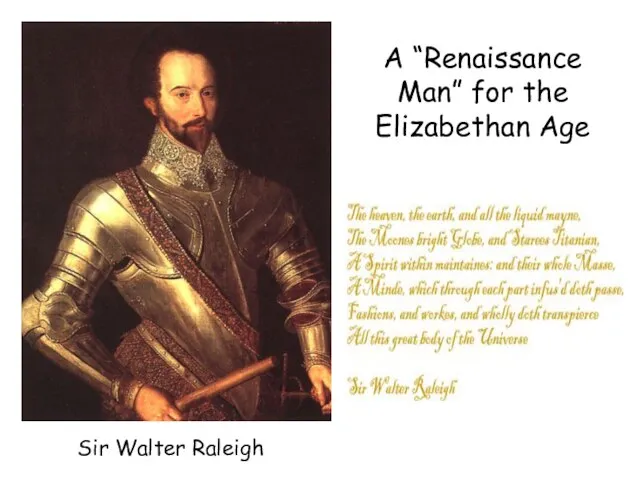
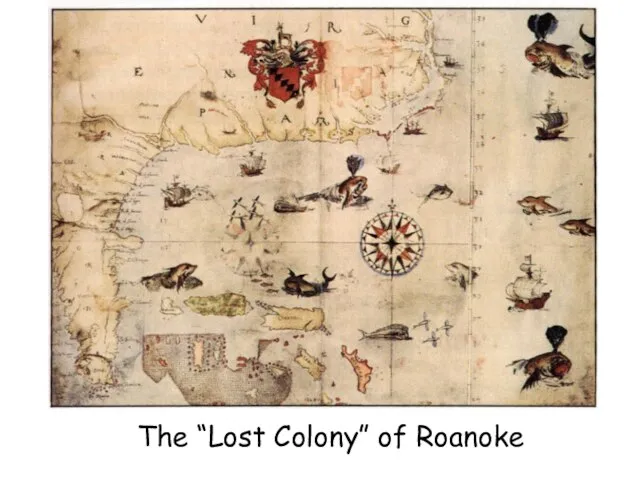
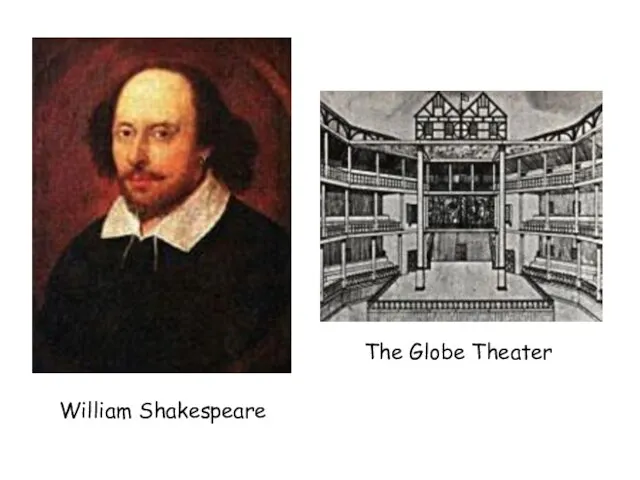
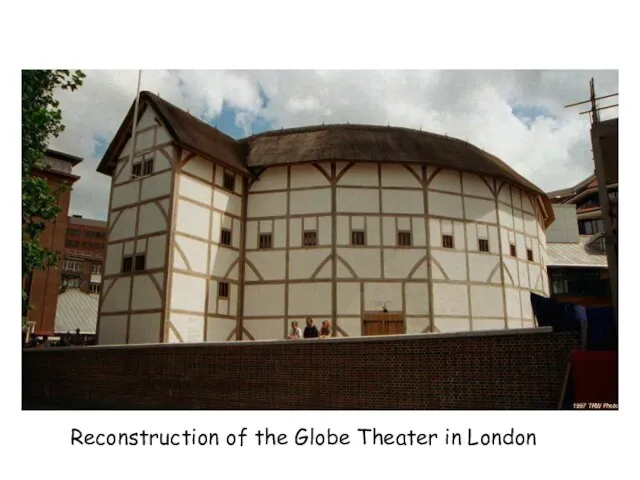
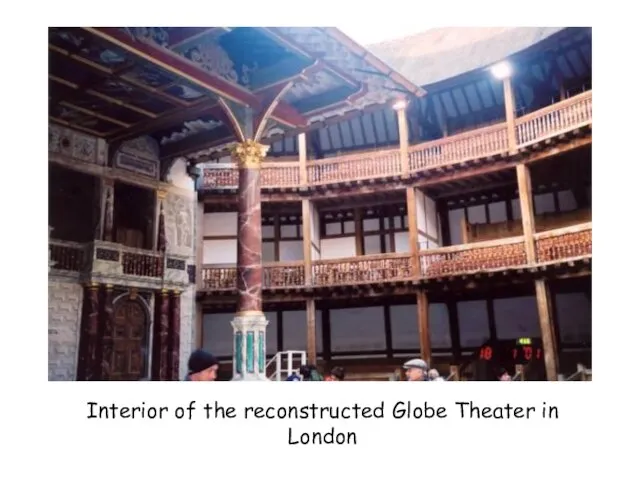
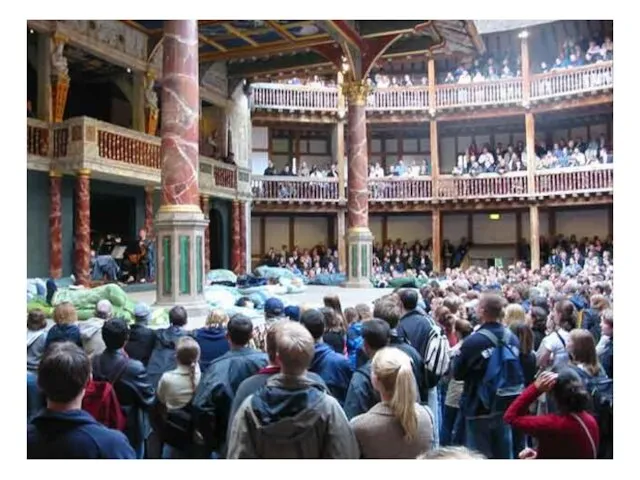
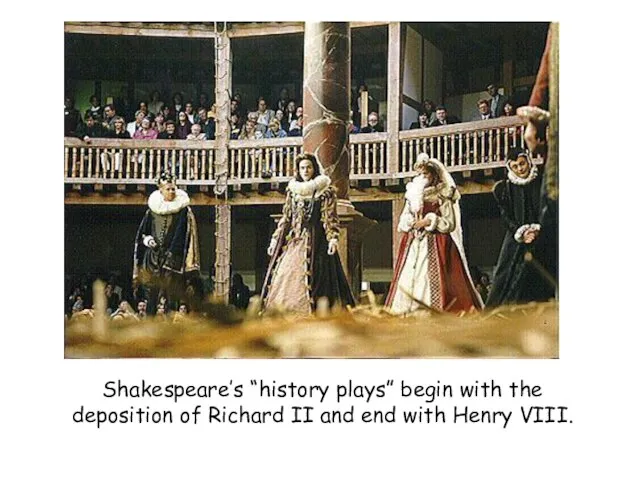
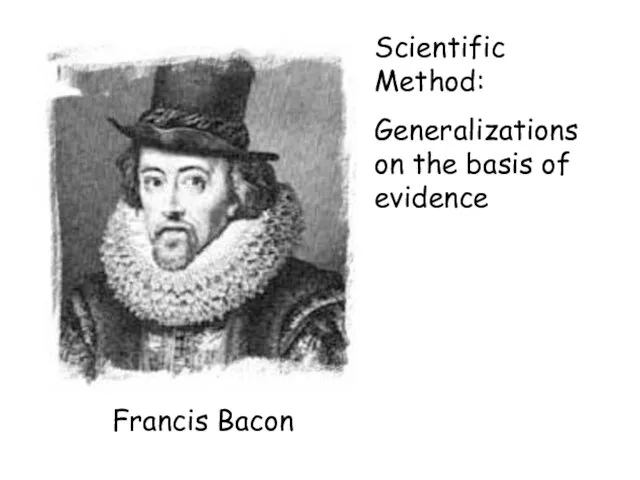
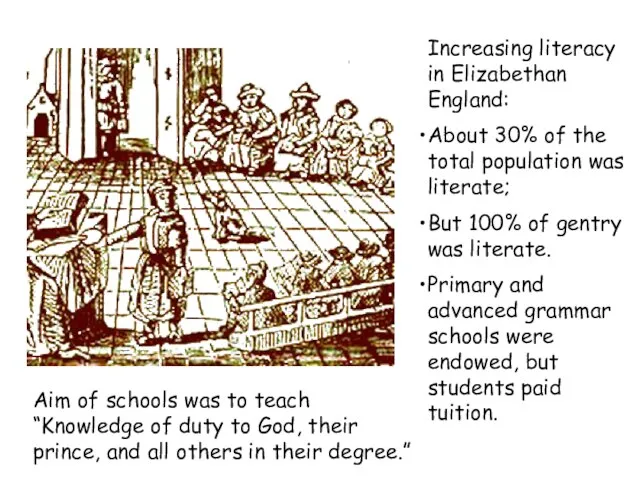
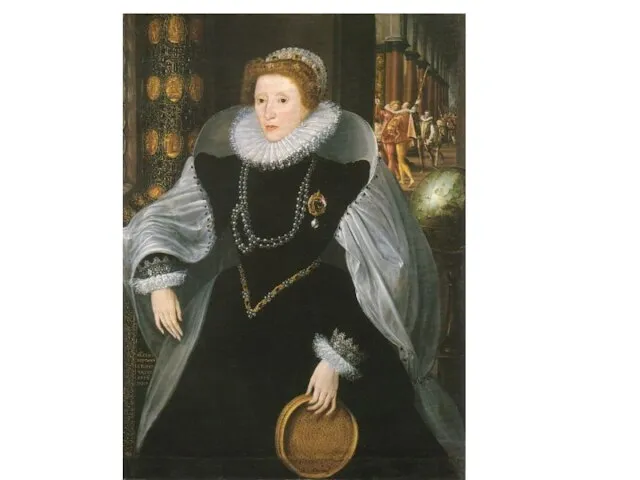
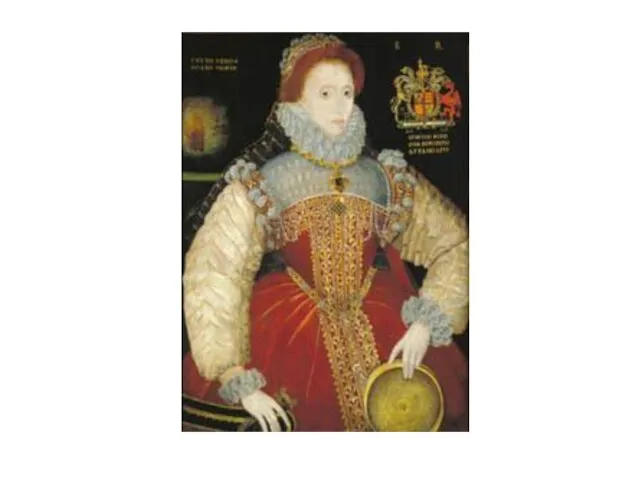
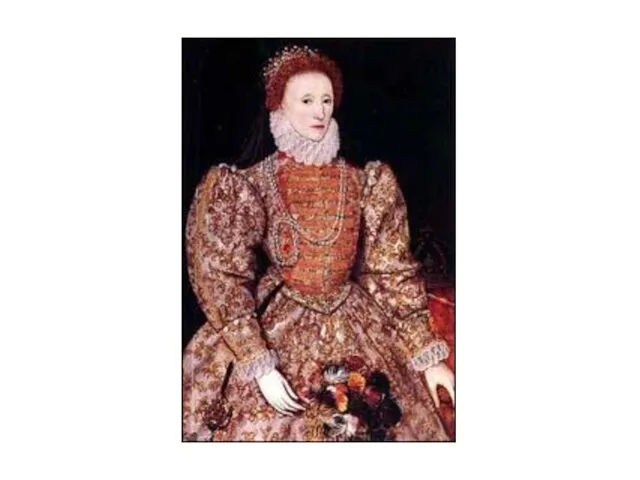
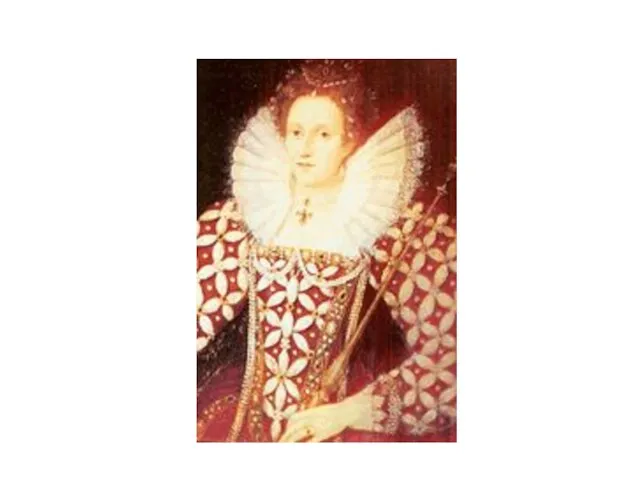
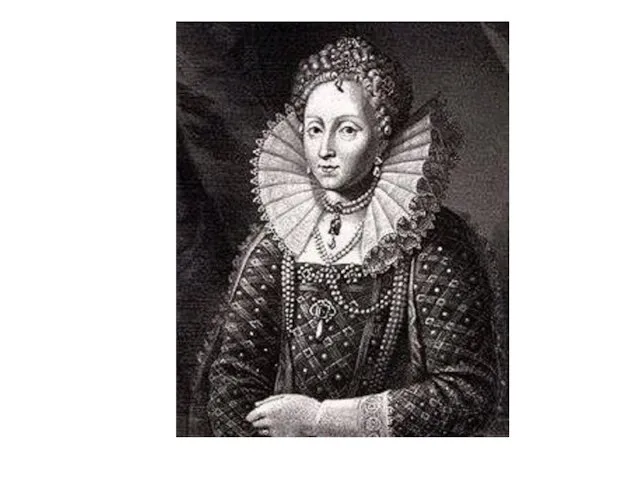
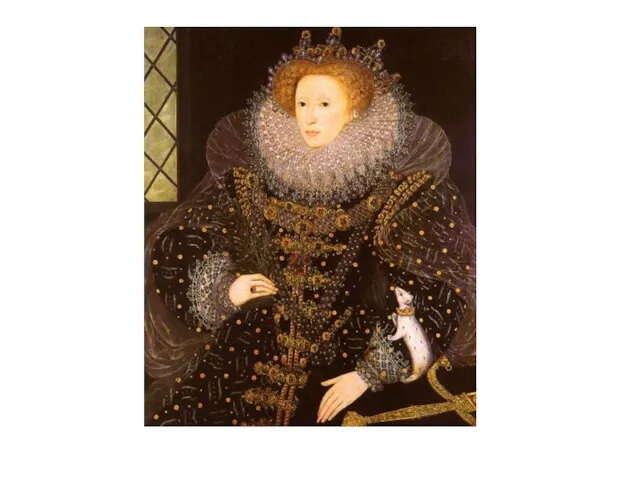
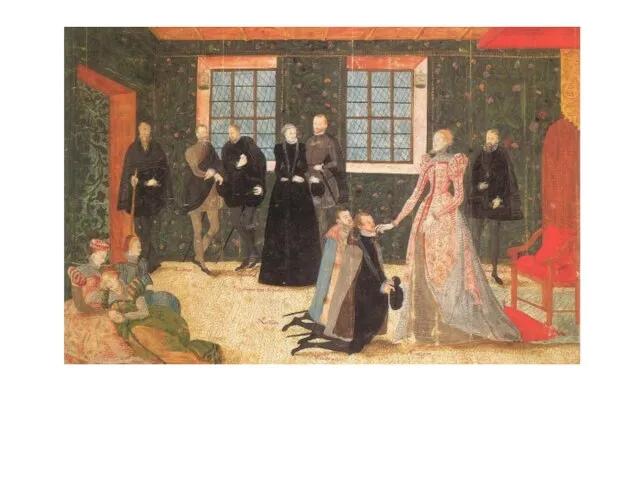
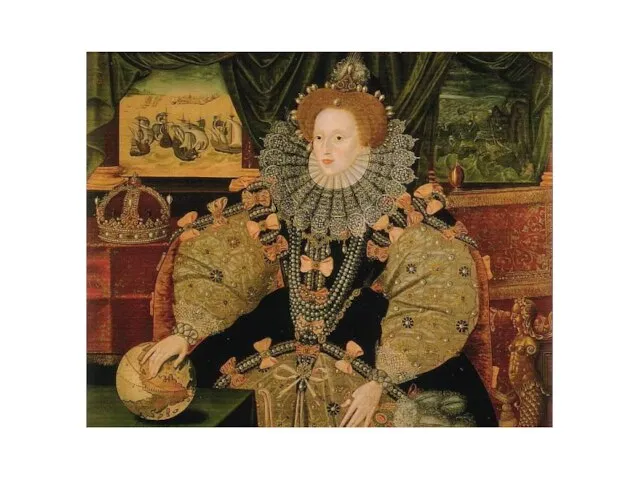
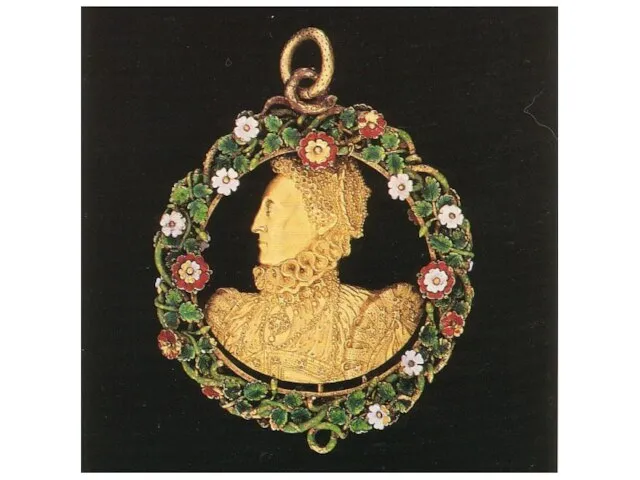
 Презентация на тему квадратный сантиметр 3 класс
Презентация на тему квадратный сантиметр 3 класс  Презентация на тему Захириддин Мухаммад Бабур
Презентация на тему Захириддин Мухаммад Бабур  ЗАГАДКА "Петух"
ЗАГАДКА "Петух" Презентация на тему «Болезни» Земли
Презентация на тему «Болезни» Земли  Программа курсаМикробиологические процессы в биотехнологии очистки сточных вод и обработке других органических отходов
Программа курсаМикробиологические процессы в биотехнологии очистки сточных вод и обработке других органических отходов Профессиональное резюме
Профессиональное резюме Introduction
Introduction  КОНКУРСНАЯ РАБОТА В НОМИНАЦИИ «ГЕНПЛАН» ПРОИЗВОДСТВЕНЫЙ ПРОЕКТ «Компрессорная станция «Приозерная» Стадия: Проектная докумен
КОНКУРСНАЯ РАБОТА В НОМИНАЦИИ «ГЕНПЛАН» ПРОИЗВОДСТВЕНЫЙ ПРОЕКТ «Компрессорная станция «Приозерная» Стадия: Проектная докумен Информационно-коммуникационные технологии при изучении явления электромагнитной индукции
Информационно-коммуникационные технологии при изучении явления электромагнитной индукции Ты искупил мир от греха
Ты искупил мир от греха LCD мониторы
LCD мониторы Работа психолога в сфере образования
Работа психолога в сфере образования Художник XIX века. Рауль Дюфи (1877-1953)
Художник XIX века. Рауль Дюфи (1877-1953) Презентация на тему Альдегиды, свойства, получение, применение
Презентация на тему Альдегиды, свойства, получение, применение Новогодний салон
Новогодний салон Научно-исследовательская работа студента
Научно-исследовательская работа студента Баскетбол
Баскетбол Троицкий собор
Троицкий собор Технологии групповой работы как инструмент распространения знаний
Технологии групповой работы как инструмент распространения знаний Виды вознаграждения
Виды вознаграждения Конкретный бизнес-сценарий для анализа, используемый в процессе обучения студентов Гарвардского университета
Конкретный бизнес-сценарий для анализа, используемый в процессе обучения студентов Гарвардского университета Линейная функция. y = kx+b
Линейная функция. y = kx+b Лекция №5. Формирование электромагнитной картины мира
Лекция №5. Формирование электромагнитной картины мира Комедия Н.В. Гоголя «Ревизор»
Комедия Н.В. Гоголя «Ревизор» Открытка ко Дню Матери
Открытка ко Дню Матери Идеальный газ. Основное уравнение МКТ.
Идеальный газ. Основное уравнение МКТ. Изменение практик детского развития
Изменение практик детского развития Стратегия и тактика онкологической службы Россиина современном этапе(2007г.)
Стратегия и тактика онкологической службы Россиина современном этапе(2007г.)